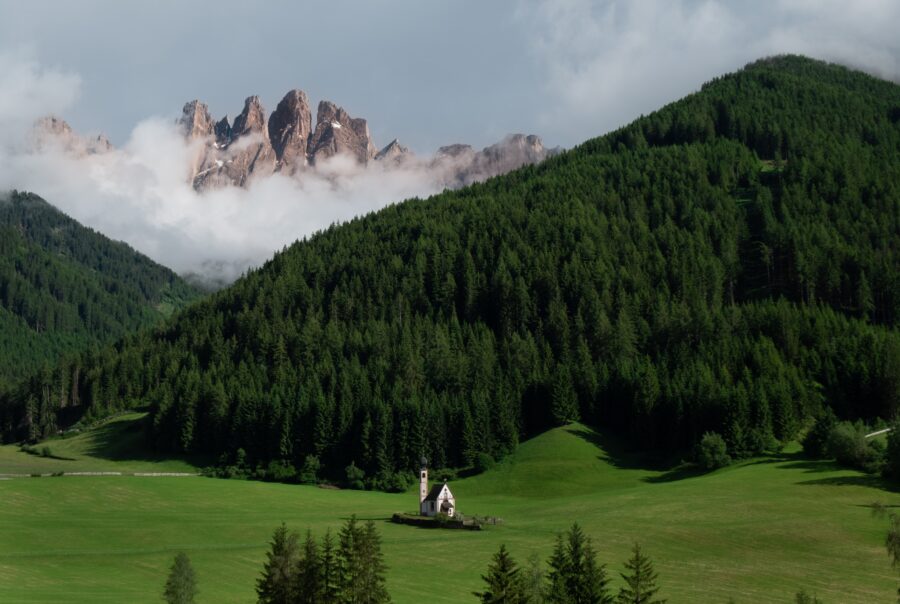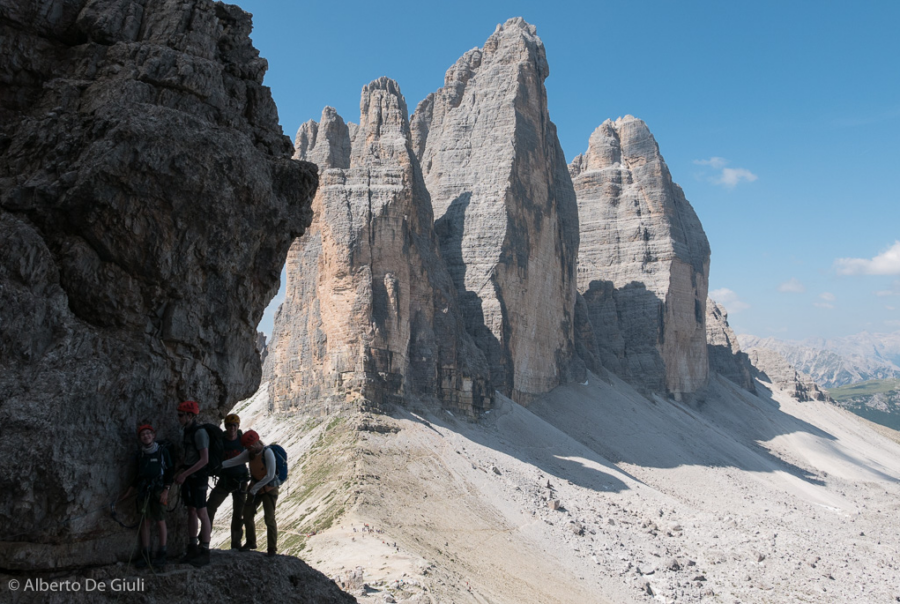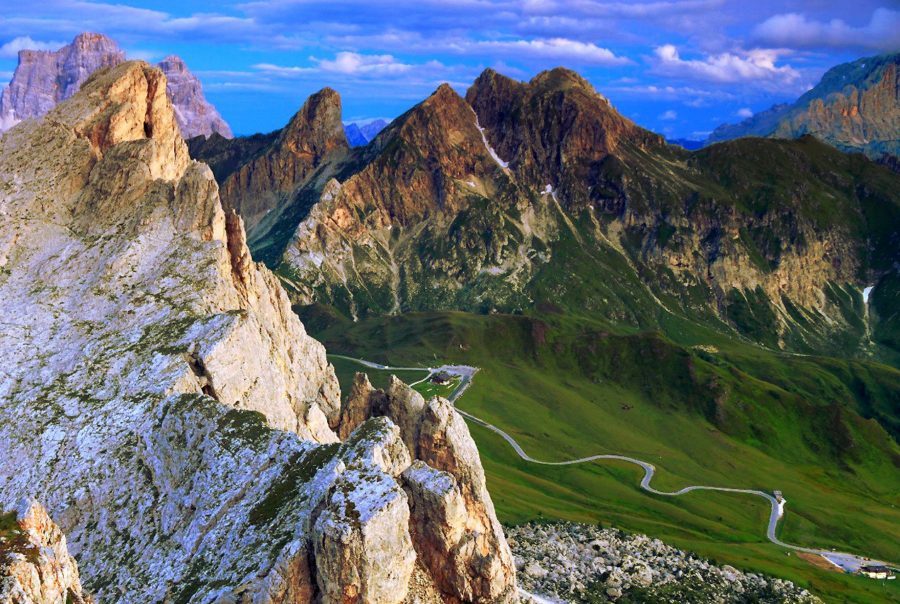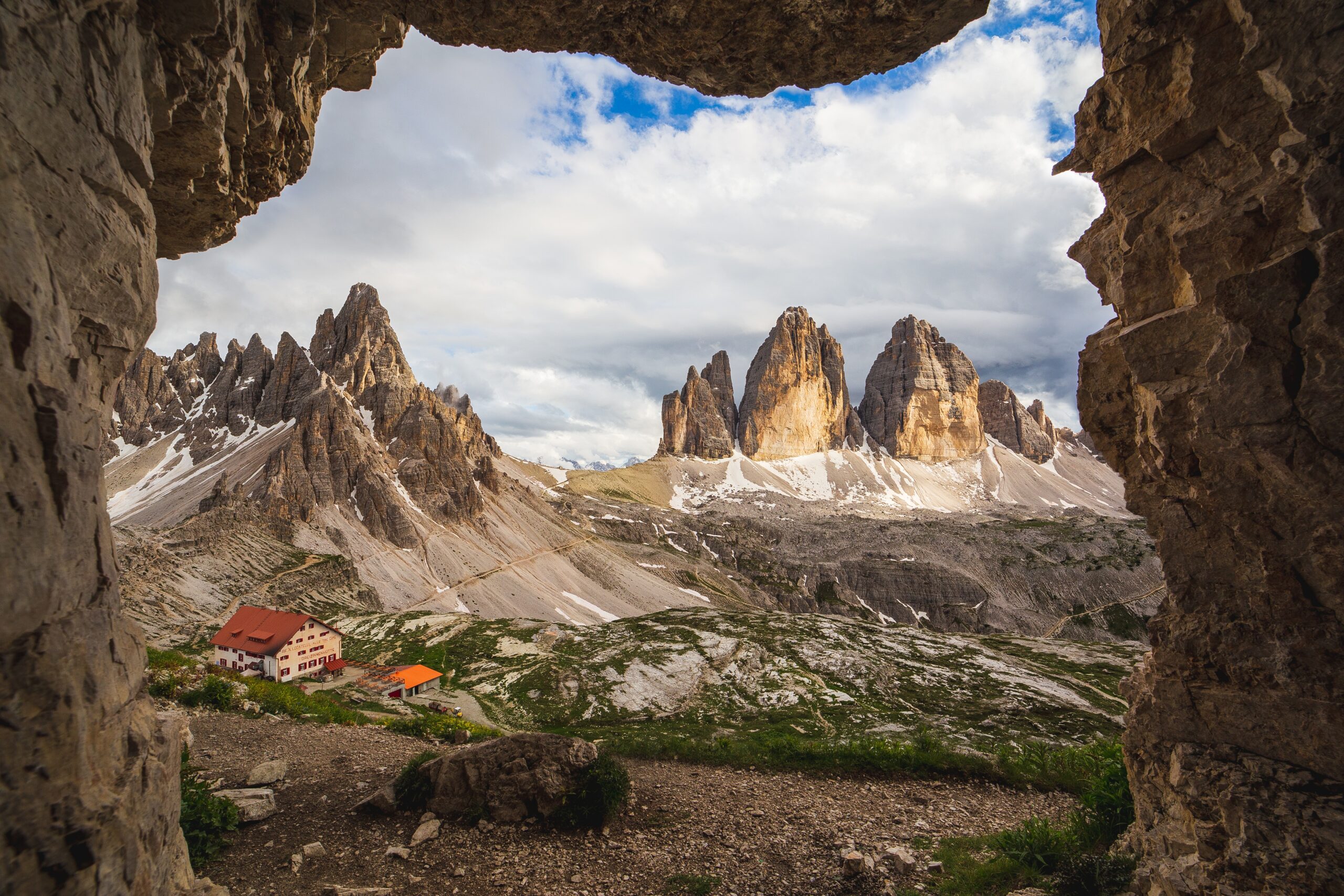In the eastern section of the northern Italian Alps, the Dolomites mountain range is universally heralded as one of the most beautiful mountain ranges in Europe. Reinhold Messner himself once said that
“Each mountain in the Dolomites is like a piece of art”
and while his passion for mountaineering may have made him biased, the impossibly perfect cracked mountain peaks, vivid green valleys, hairpin roads in the mist, and heavenly hiking trail scenes lined by wildflowers will speak for themselves.


Add to this mix how easily they can be reached (two hours by train from Venice), an interesting and unique cultural mix (Italian and Austrian culture blend here and the area is further enriched by the Ladin language – an ancient Romance language, spoken only in the 5 Ladin valleys: Val Gardena, Alta Badia, Cortina d’Ampezzo, Fodom and Val di Fassa), and finally how they are a wonderful destination year round thanks to the fantastic skiing in the winter and scenic trekking and cycling in the warmer months, and you have the recipe for a fantastic family holiday.

Food is an important part of culture here as in the rest of the country, but the Austrian influence makes for a delicious melting-pot of flavours. Enjoy hearty dishes, such as polenta with mushrooms, canederli dumplings, pasta fagioli and ravioli filled with pumpkins, along with local specialties such as speck (smoked, cured ham) and Schüttelbrot (dry, crunchy bread). To top it all, winemaking thrives in the valleys and cycling along the well organized and scenic wine trails makes for a wonderful day of drinking paired with local specialities in the sun – the Italian way!


Finally, the strong spa culture means that many hotels in the Dolomites are “wellness hotels” and include free amenities such as a sauna, steam room, hot tub and more. After a long day outdoors, there’s nothing better than to treat yourself at the spa of lovely hotels such as the stunning family owned and run Alpina Dolomites in Alpe di Siusi and the traditional Ciasa Salares perched above the hamlet of San Cassiano in the heart of Alta Badia.


